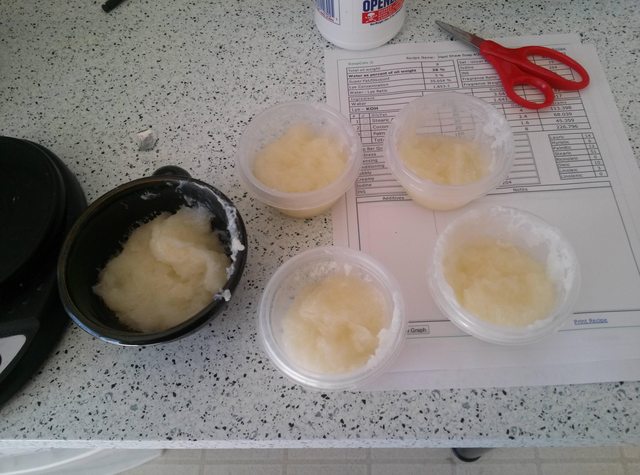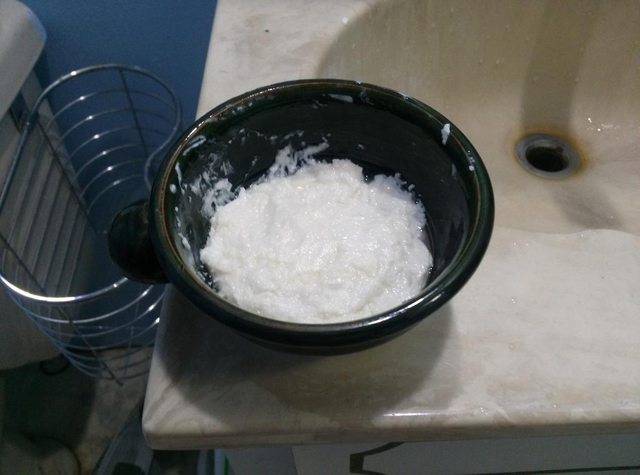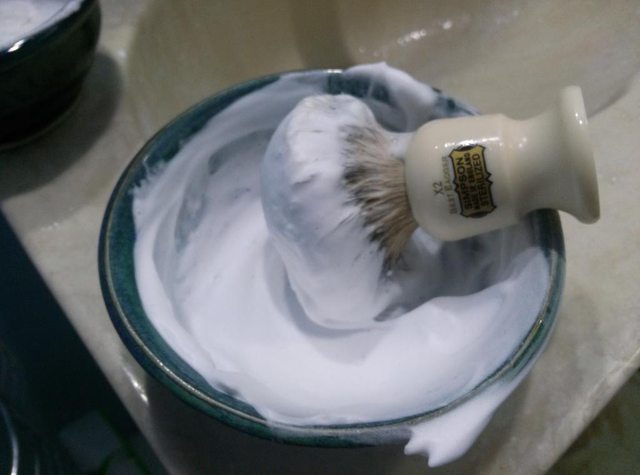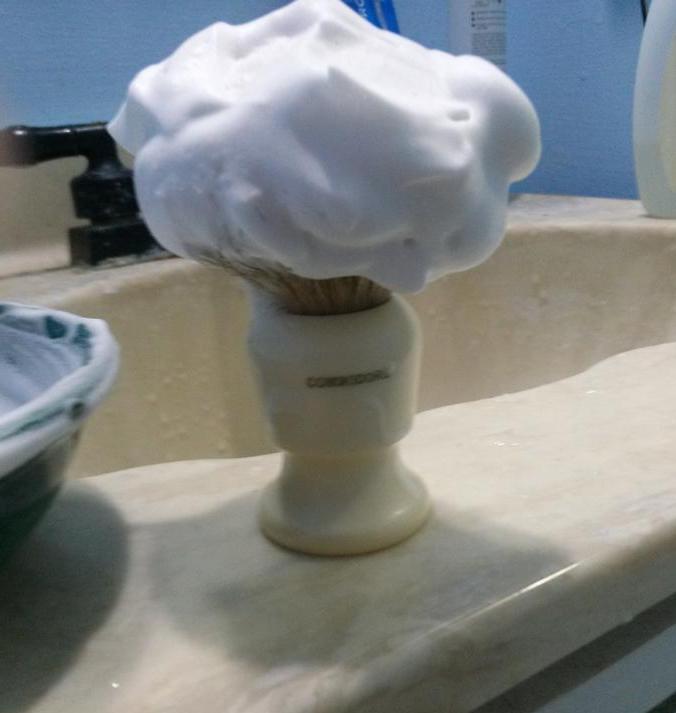soap1daze
Well-Known Member
- Joined
- Mar 26, 2014
- Messages
- 96
- Reaction score
- 65
Going back to the original recipe page 1 by songwind there is no water amount used and I don't see a percentage. The reason I ask is because the recipe in HOmemade Shaving Soap blog that he bases his recipe on shows a great deal of water and I don't know why that would be so high. Ideas?
Stearic Acid - 8 1/3 oz.
Aqua - 8 oz.
Coconut Oil - 7 2/3 oz.
Potassium Hydroxide - 3 1/2 oz
Stearic Acid - 8 1/3 oz.
Aqua - 8 oz.
Coconut Oil - 7 2/3 oz.
Potassium Hydroxide - 3 1/2 oz










